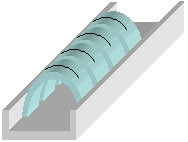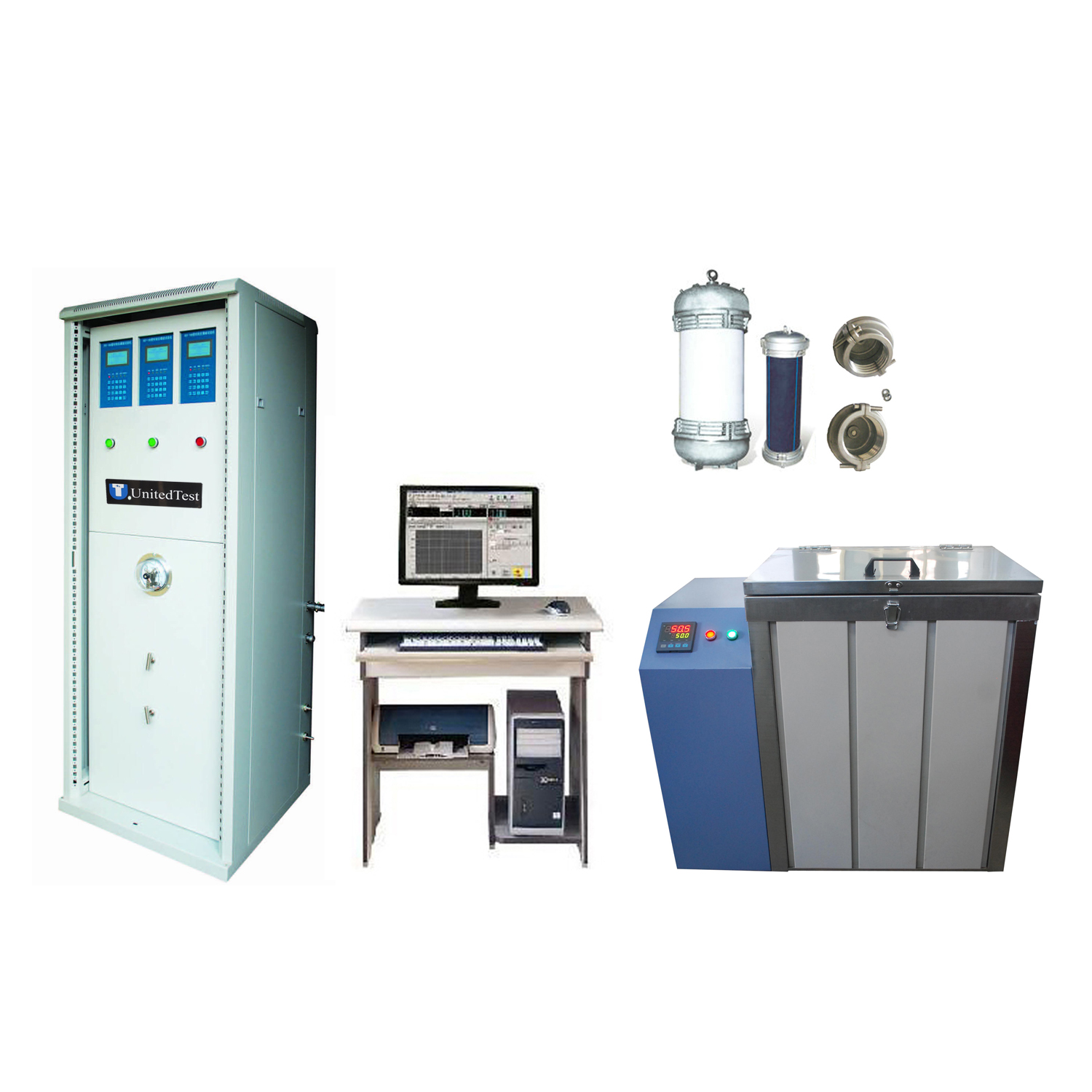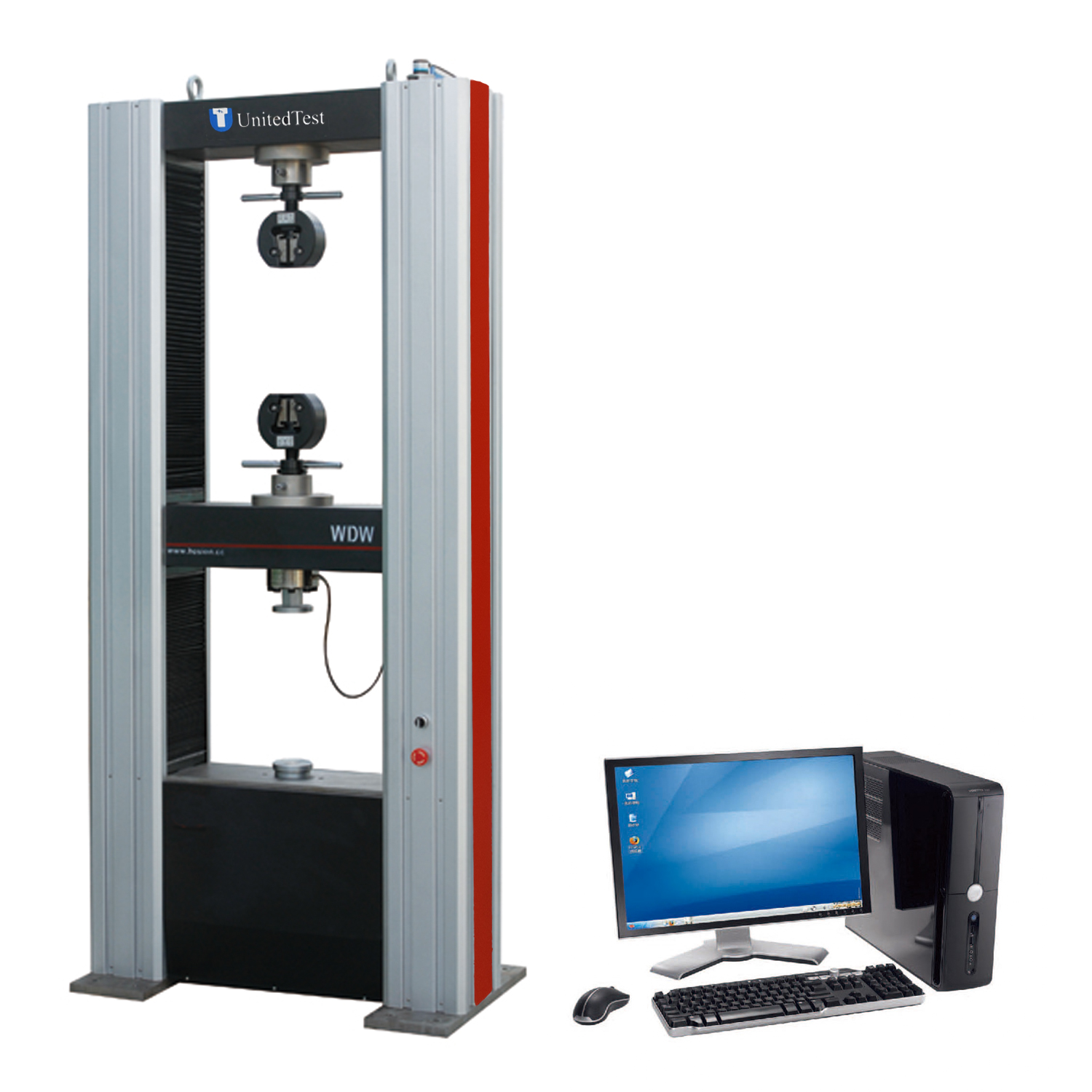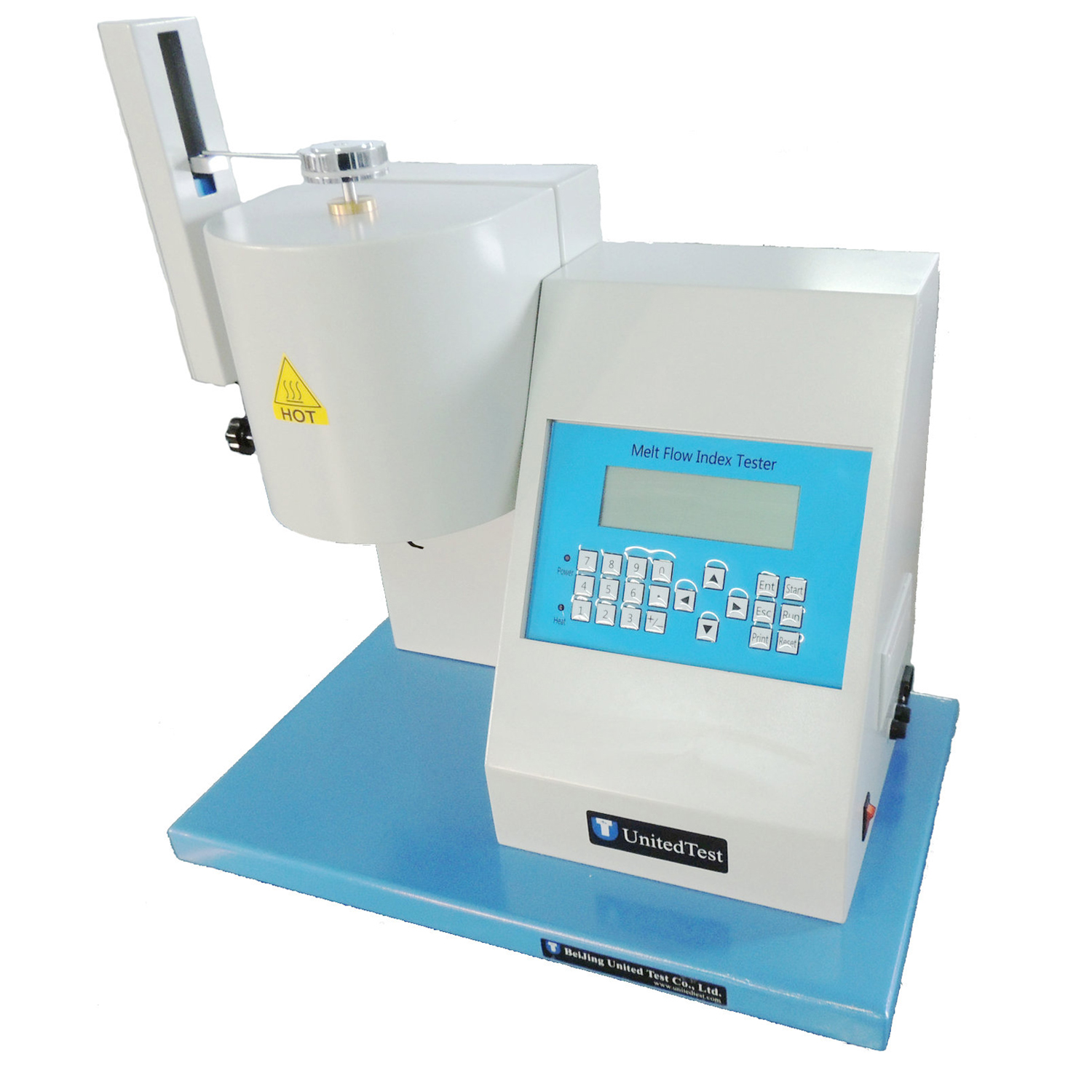- Universal testing machine
- Fixtures
- Medical/Biomedical device
- Vehicles motorcycle
- Compression/Flexural test
- Hardness tester
- Impact testing machine
- Torsion testing machine
- Abrasion & wear tester
- Plastic & Pipe testing
- Tensiometer / Goniometer
- Erichsen cupping tester
- Other Testing Equipment
- Grinding & polishing machine
- Spring testing machine
- Introduction
- Specification
- Accessories
- Standard
- LEAFLET & VIDEO
- Contact Us
ESC-95A Plastic Environmental stress cracking testing machine determines the susceptibility of ethylene plastics to stress-cracking when exposed to different environments such as soaps, wetting agents, oils and detergents. When the material is under certain conditions of stress, these reagents can accelerate the cracking process which is one of the most common causes of unexpected brittle failure of polymers known. Designed in accordance with the ISO 4599, ASTM D1693 international test standard, the apparatus is extremely cost effective and very simple to use.
ASTM D1693 determines the susceptibility of ethylene plastics to stress-cracking when exposed to different environments such as soaps, wetting agents, oils and detergents. When the material is under certain conditions of stress, these reagents can accelerate the cracking process, which is one of the most common causes of unexpected brittle failure of polymers known. Designed in accordance with the ISO 4599, ASTM D1693, IEC 60811-4-1 international test standard, the apparatus is extremely cost effective and very simple to use.
Feature:
1, Constant temperature bath: Provides a stable testing environment temperature, often made with a stainless steel inner tank;
2, Sample holding frame: Used to secure the samples, mostly made of brass or machined grooved structure;
3, Scoring device: Equipped with a blade length of 19mm and height of 3mm, scoring depth adjustable within the range of 0.3-0.65mm;
4, Electric control system: Utilizes PID temperature control instruments for precise temperature adjustment.
Main application:
Plastic material, cable industry
Test Procedure:
Environmental stress cracking is the formation of cracks in a material caused by relatively low tensile stress and environmental conditions. Environmental Stress-Cracking Resistance (ESCR) is the number of hours that 50% of the specimens tested exhibit stress cracks.  ESCR Specimen
ESCR Specimen  ESCR Specimens in Holder
ESCR Specimens in Holder
ESCR testing is performed by slowly bending the test specimens and placing them in a holding clamp. The clamp and specimens are then placed in a test tube and immersed in a specified reagent. The test tube is sealed and placed in a constant-temperature bath. Multiple test specimens are tested at one time.
Specimens are inspected periodically for failure. Cracks generally develop at the notch, perpendicular to the notch, and run to the edge of the specimen. Any cracks constitute failure, not just cracks that reach the edge of the specimen. Cracks sometimes appear beneath the surface and are visible as surface depressions. If a depression develops into a surface crack the time at which the depression was noted is taken as the time of failure.
Related Standard:
ISO 4599 "Plastics -- Determination of resistance to environmental stress cracking (ESC) -- Bent strip method”
ASTM D1693 "Standard Test Method for Environmental Stress-Cracking of Ethylene Plastics“
IEC 60811-4-1 Insulating and sheathing materials of electric and optical cables - Common test methods - Part 4-1: Methods specific to polyethylene and polypropylene compounds - Resistance to environmental stress cracking - Measurement of the melt flow index - Carbon black and/or mineral filler content measurement in polyethylene by direct combustion - Measurement of carbon black content by thermogravimetric analysis (TGA) - Assessment of carbon black dispersion in polyethylene using a microscope;
| Model | ESC-95A |
| Bath temperature range | ambient temperature to 100℃ |
| Temperature accuracy | ± 0.5℃ |
| Sample dimensions | Length: 38±2.5mm, Width: 13±0.8mm, Height: 1.75--3.00 mm |
| Heating power | 3Kw |
| Volume | 40L |
| Power supply | 220V, 50HZ, 1 phase |
| Sample cutting device notch depth | 0.3~0.65 mm |
| Weight | 32Kg |
| Item | Quantity |
| Frame | 1 set |
| Test tube rack | 1 set |
| Notch jig | 1 pc |
| Blanking die | 2 pcs |
| Test tube | 1 pc |
| Sample moving pliers | 1 pc |
| Sample bending device | 1 pc |
| Blade | 1 pc |
| Documents (Manual, packing list, certificate) | |
ISO 4599 "Plastics -- Determination of resistance to environmental stress cracking (ESC) -- Bent strip method”
ASTM D1693 "Standard Test Method for Environmental Stress-Cracking of Ethylene Plastics“
IEC 60811-4-1 Insulating and sheathing materials of electric and optical cables - Common test methods - Part 4-1: Methods specific to polyethylene and polypropylene compounds - Resistance to environmental stress cracking - Measurement of the melt flow index - Carbon black and/or mineral filler content measurement in polyethylene by direct combustion - Measurement of carbon black content by thermogravimetric analysis (TGA) - Assessment of carbon black dispersion in polyethylene using a microscope
GB/T 1842 etc.













